Eleven Audience Energizers for Public Speaking
Thousands of executives across the world strive to get a large audience moving, talking, laughing and learning is like King Sisyphus wanting to roll up a rock onto a hill. It is hard, it is tough and like the proverbial rock, the audience can come tumbling down. Yet, there are many who appear to have been born with the abilities to rouse up audiences and work the room naturally. The truth be told no matter how skilled and natural certain speakers appear, they all drill themselves mad through scores of techniques and tricks to rack up engagement and learning transfer.
This is not to downplay authenticity of intentions, quality of content and meaningfulness of purpose in public speaking, but to highlight the fact that the best of intentions and purposes need to be packaged prettily and brandished with fun.
To back up an article, Large Crowd Energizing Techniques, that I wrote a few years ago, here are eleven more easy ideas we can use. Besides the science that is explained in the aforementioned article the simple reason behind energizing our audiences is that every speech, every presentation and every conversation is an exchange and play of energy. When the speaker steps up to the lectern all eyes are on her and, thus, so is all the energy upon her. Call it the burden of leadership at that moment. Now when a speaker begins to dialogue or engage with the audience the energy begins to churn constructively.
 To unburden and then brace your-self to rock and roll, here are eleven ideas:
To unburden and then brace your-self to rock and roll, here are eleven ideas:
- Ask a few positive closed questions with good chances of ‘yes’ as an answer. Keep these questions closed, short and simple. Like, “all feeling good?” “Looking forward to a fun day?” “Feel this quarter is going to be a better than the last one?” Manage to keep this activity less than 90 seconds.
- Ask them to talk to the person next to them and share, for less than 60 seconds each, “how they started their day this morning?” While they are at it, take a sip of water, check your clicker and slides and manage to keep the whole thing less than three minutes.
- Ask them simply to stand up, stretch and greet and welcome a few people they haven’t yet met. The hustle, the bustle and the smiles will unburden the energy off your shoulders and churn it around the room. Keep this activity also under three minutes for larger crowds and short keynotes, but allow five to seven minutes for smaller training sessions.
- If you are conversant with mindfulness meditations then have them sit up, sit silent, close eyes, focus upon their in and out breathes while thinking about how they want their day to turn out. Give them a minute of silence. Have them open their eyes and share their thoughts with the person next to them. Keep the whole activity down to less than three minutes. It is called a ‘minute to arrive.’ A minute to let their awareness and focus blend in and settle into their bodies.
- If there is paper and pencil available, have them caricature a self-image and add an event expectation. Something like, “today, Joseph the accountant, wants to learn how to authentically influence others.” This will generate laughter, relax and cue you into your topic of the day, ‘Authentic Leadership Influence’ or whatever. Manage to wrap this up, also, in less than five minutes.
- Flash a sensational statistic, a report or a headline on the screens and pause for them to grapple with it for a ten to fifteen seconds. An example: An average person spends One Hundred and Twenty Minutes, or better still, Seven Thousand Breaths a Day, on social media. That is like taking a shower twenty times in a day! And, when the surprise and murmuring tones down you can plunge into your talk.
- Flash a very rare and unique photograph that has some sort of relevancy to the audience or to the subject matter at hand. The picture can also be of incident that you will tell a story about during your presentation. Make sure the picture is not unpleasant, is easy to recognize and recall but carries meaning and purpose to the topic at hand. A good and a relevant picture works like a good prop. It takes the eyes away from you and directs them onto the picture. Thus, it moves the energy around.
- Display a real prop, a model or a gadget. Years ago, a motivational speaker friend of mine, Harry Pound, used to carry an old-fashioned, hand-operated water pump in the back of his car. At every speaking opportunity he’d place it on stage and mime pumping it while explaining that water, results only flow when effort is consistently made. Effort and hard work in, results and water out. The physical activity takes away attention and helps you, the speaker, get over herself and become one with the audience and vice versa.
- Employ gentle and benign humor. The powerful science behind humor is that the speaker has to herself the target of the joke. She has to belittle and humble herself, this deflates self-consciousness and endears the audience to the speaker. Refrain from trying complex humor. Keep it simple and light. Manage proper timing between setup and punch. Make an effort to relate it to the event. Years ago, I was to greet a guest speaker at the gates of a hotel and then escort him in and introduce him to the audience. Somehow I missed him at the gate and he was already on stage. At his introduction, I claimed that I was so dense that I’d never get a job in the immigration services. That earned me a lot of laughs because our guest was the then commissioner of immigration in the country.
- Tell an analogical story that somehow relates to the subject at hand. A friend of mine tells a story about how tigers when cornered fight back ten times more ferociously than normal. He takes his time in describing the mindset and the fighting nuances of a tiger. He then goes on to add how his sales and marketing teams work with ferocity during bad times. Spend just a few minutes painting a word picture of a cornered tiger. During the rest of your talk, compare how cornered tiger-like traits are found in salespeople. Spend three to paint the word picture and throughout your speech make a call back to it, like “rise and roar like a tiger!” It acts like a non-tangible prop and keeps your audience hooked for good.
- Tell a story which kind of spins off into a question. Years ago, I made up a fictional story of a farmer who digs for oil and fails several times and then eventually succeeds. At the near end of the story I ask the audience why he fails so many times, and where was the wealth during all those times. While they ponder upon possible answers, I deliver my message about discovering strengths and at the end of it give out the correct answer to the story. A roar goes through the audience because they then see the connection between the story and my presentation.
Understand this, the sight of any audience can give the heebie-jeebies to the best of us on stage. Lawrence Olivier, Meryl Streep and Amitabh Bachchan all claim rights to stage fright. Winston Churchill would claim to have bats in his belfry before any talk. To get nervous is normal. To be in awe of the energy pulsating from crowds is also normal. There are across the world scores of speakers who know how to motivate large groups by using the energy that emanates out of crowds.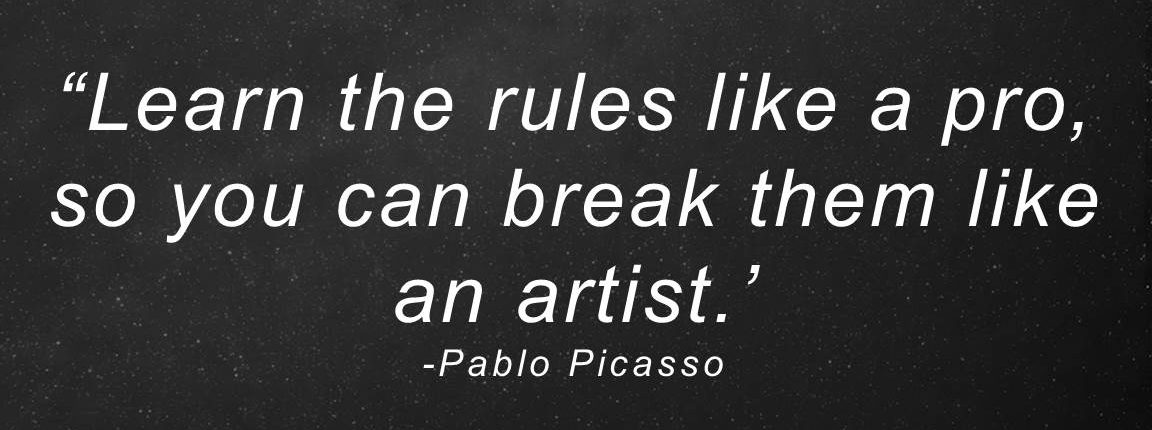
Some methods work and some fail. There is no silver bullet solution to this malady and there is no such thing as the perfect and ultimate formula for success in delivering keynotes. The ones that you, sometimes, see and hear have been well planned, well-rehearsed and choreographed such that they appear as extremely natural. Only after a lot of practice will you become unconsciously competent with the sciences audience engagement and motivation. Even then you will always be striving for perfection but never reach it. Nobody has reached it. No, not even Socrates, Demosthenes, Twain, Churchill, Roosevelt, Gandhi, Mandela, Obama or Trump. They have just done well with what they had, and then created their own styles.
Study all the flavors, try the ones you like often and mix your very own cocktails. Just remember to be kind, courteous, compassionate and refrain from laughing at your own jokes.
Raju Mandhyan
Raju Mandhyan

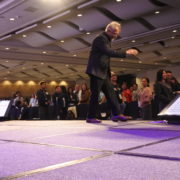
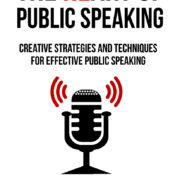

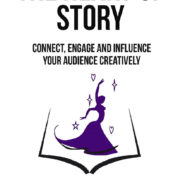
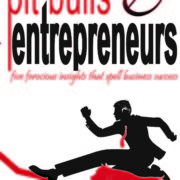




Leave a Reply
Want to join the discussion?Feel free to contribute!